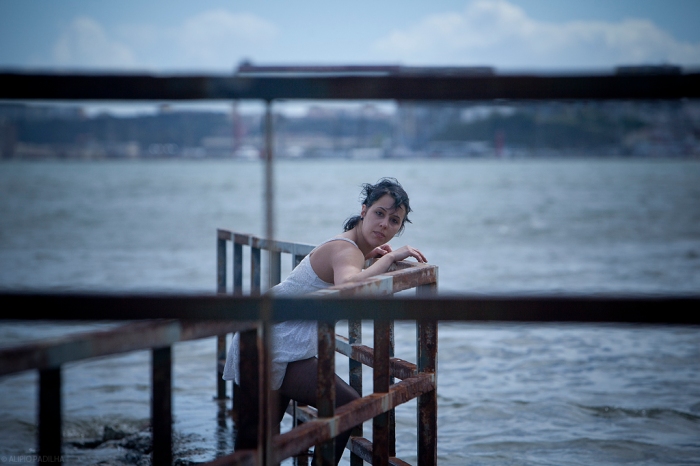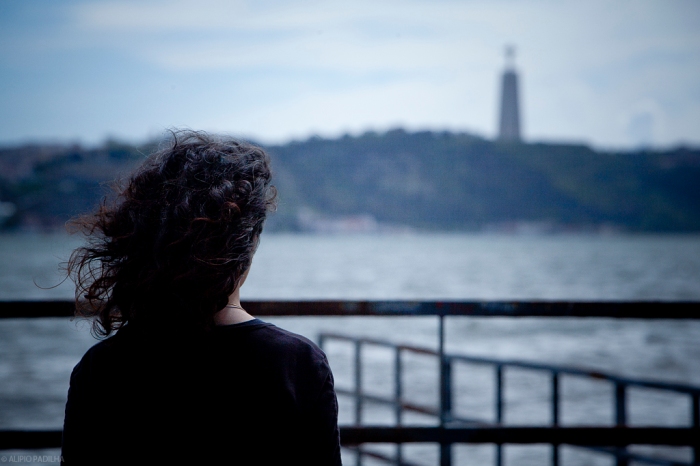Chronocorpus is an ongoing digital installation began in June 2010 by Sofia Varino and May Joseph, members of the Harmattan Theater Company. The project is an investigation into the oceanic histories of colonial sites and real time encounters with landscape.
Part of Harmattan Theater’s global histories archive, Chronocorpus is developed between Lisbon, Cochin, Recife, and Mombassa as an excavation of relationships between Africa, Asia, Europe and the Americas. Retracing maritime memories and diasporic trajectories, the installation provokes a flow between fragments, dreams, maps, documents, letters, interviews and performances as public repositories of the past.
For more information about Harmattan Theater, please visit harmattantheater.com











